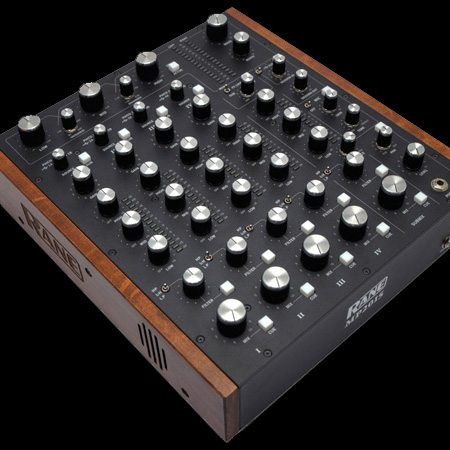via Rane: “Rane worked with some of the World’s best DJs and clubs to redefine the Rotary DJ Mixer. With help from Doc Martin, Dixon, Ata, Oliver Hafenbauer, Anthony Parasole, Martyn, Gerd Janson, Ben UFO, Derrick Carter, Tim Sweeney, Efdemin, Brian BeeZwax, James Patrick, a handful of Seattle’s best DJs and many more, Rane is proud to introduce the MP2015.”
The Rane MP2015 is a no-compromise music-mixing performance instrument.
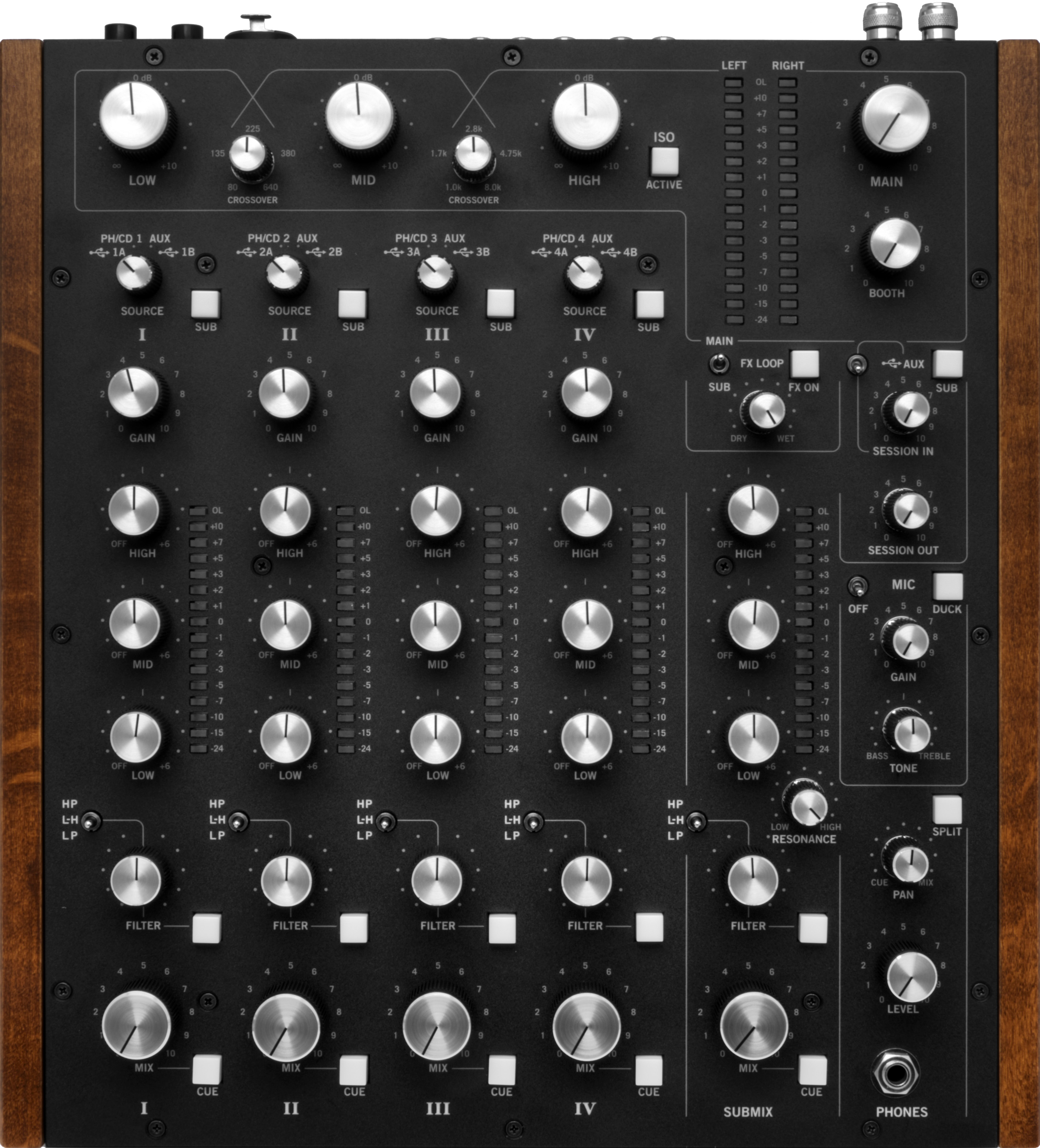
Control, sound, reliability and durability distinguish Rane’s new techno house club mixer for high-end audio systems.
Born from a legacy of rotary club mixers beginning in 1971 with Rudy Bozak’s CMA-10-2DL, on to 1982 and UREI’s 1620, then in 1999 Rane’s MP2016/XP2016 combo, and now in 2015, the MP2015 represents the next revival and evolution.
With over 40 years of rotary mixer experience to draw on, along with collaboration and input from the world’s best techno house DJs, the MP2015 is the best mixer produced by Rane—ever. There are no compromises in the design. It has the best sound, the best features, the best feel, and the best reliability and durability.
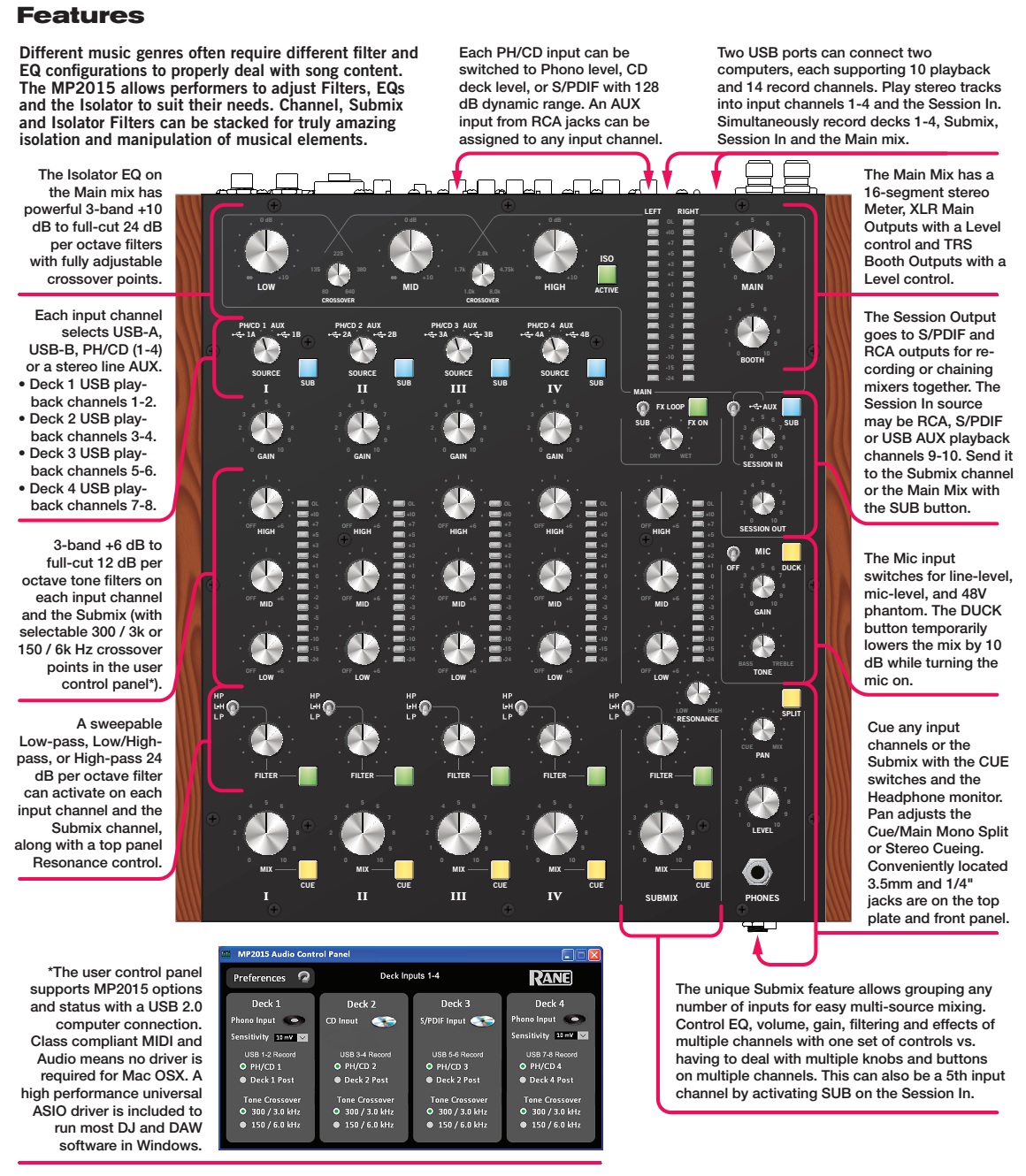
Hi-Res Sources
A world-class leader in performance, the MP2015 is designed for playback of High-Resolution Audio (HRA)[1] 24-bit studio master quality sources; its sonic signature has no equal, satisfying the most stringent vinyl purists. And the dynamics are perfect for DJs preferring the uncompressed sound of WAV and FLAC files.

Ergonomics
Strikingly different and beautiful to look at with its laser-etched Rane-logo wood side panels, classic spun-aluminum knob caps, 16-segment level peak-hold meters and back-lit push switches, the MP2015 sports a new compact size and shape for a rotary mixer, with all controls selected, designed and located for effortless professional performance playback. Its size makes it portable and easy to move about.
Sound Quality
Professional high-end sound quality begins and ends with the audio signal converters. The MP2015 uses premium performance Audio 4 Pro™ delta-sigma modulator converters by AKM[2] that meet the highest sound quality standards of recording studios. The balanced differential audio input converters deliver 116 dB dynamic range, utilizing a built-in modified FIR architecture that minimizes group delay, allowing excellent linear phase response. The 24-bit audio output converters have the same 116 dB dynamic range and sport AKM’s proprietary 24-bit digital filter for better sound quality achieving low distortion characteristics and wide dynamic range. The differential outputs eliminate the need for AC coupling capacitors further increasing performance. Input and output converters support sample rates of 44.1 kHz, 48 kHz, or 96 kHz. Overall Digital/USB in to Line out, or Line in to Digital/USB out dynamic range is 116 dB (A-weighted), while Line input to Line output dynamic range is a remarkable 113 dB (A-weighted) with vanishingly low THD+N of 0.0009%.
[1] HRA (High-Resolution Audio) is an initiative by the Digital Entertainment Group (joined by CEA, AES, et al.) to define and mark file- or physical-media based sources of digital audio that qualify as true high-fidelity products. HRA is the mark describing sources with the best sound possible.
[2] Asahi Kasei Microdevices Corporation
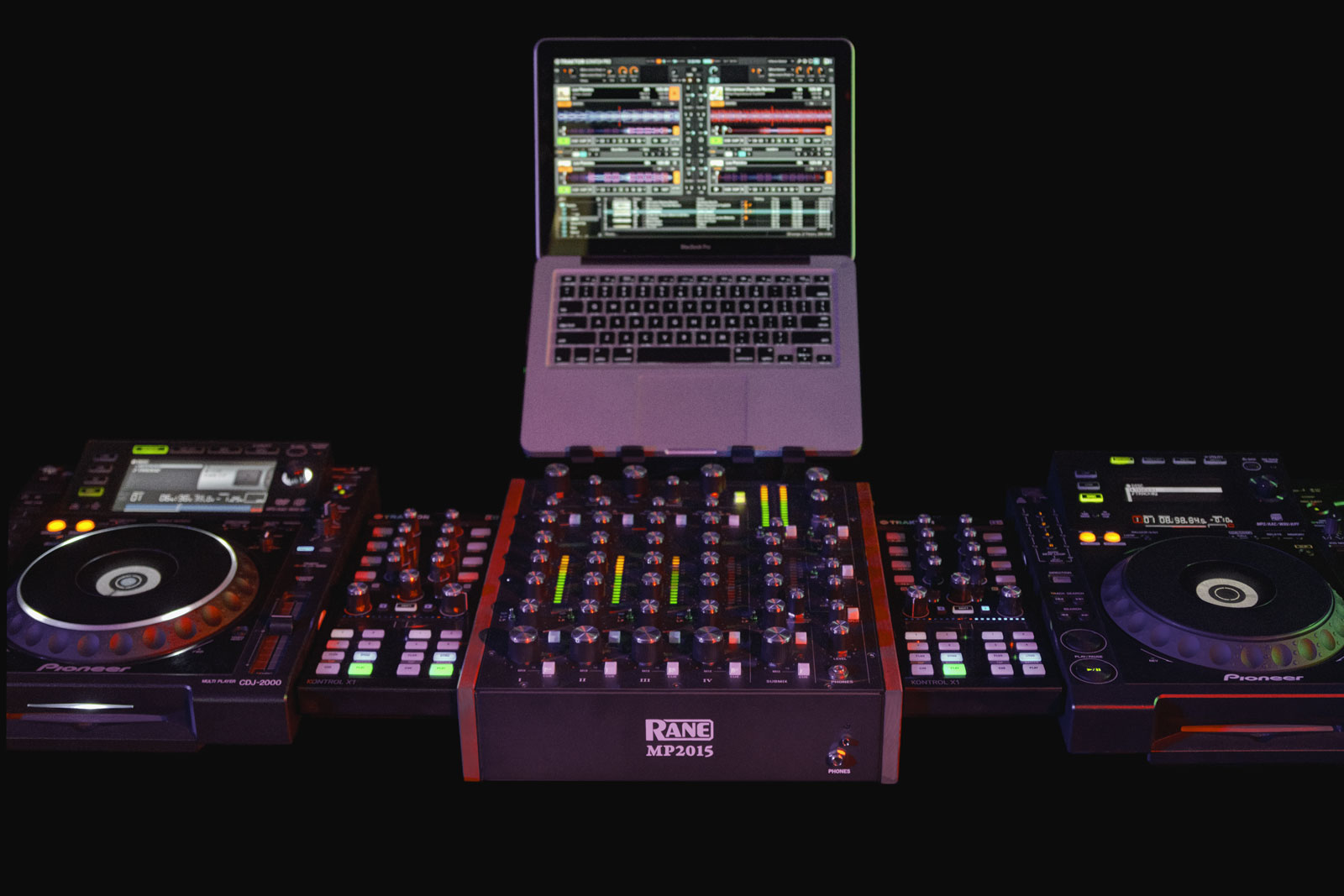
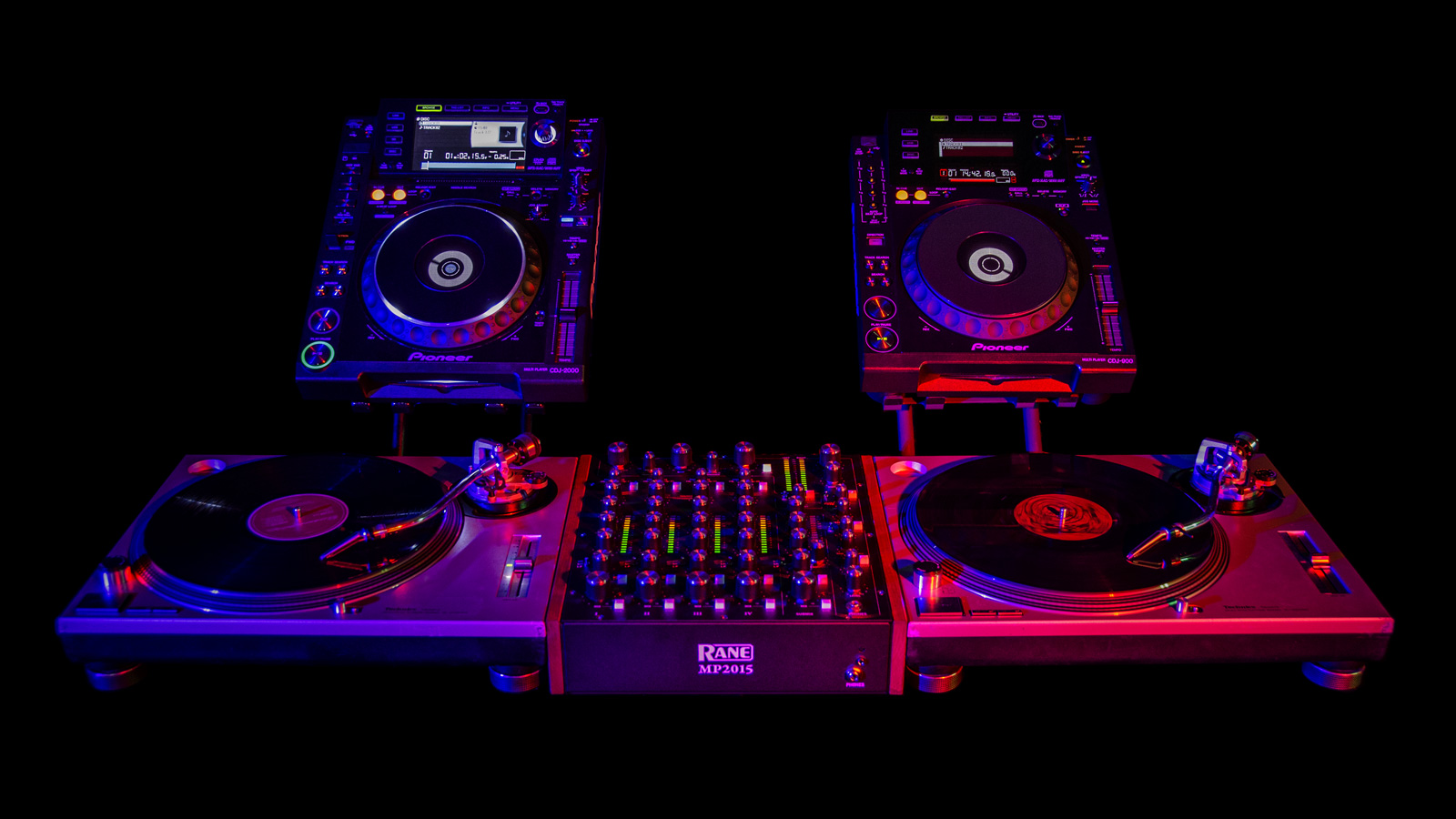
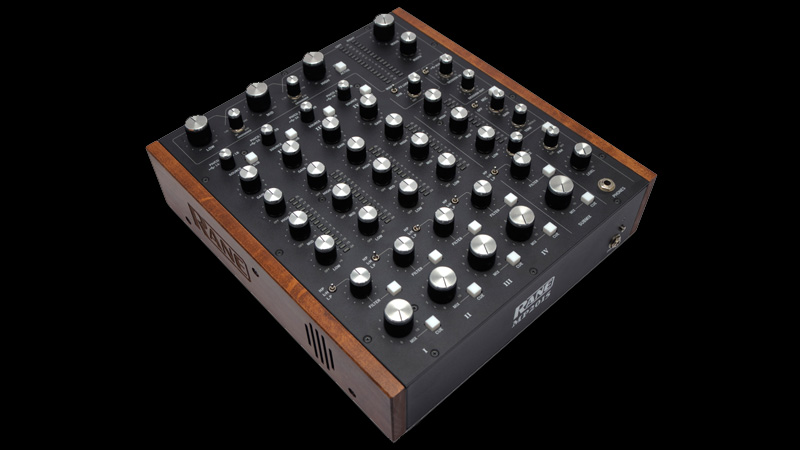
Submix Channel
This unique input channel provides grouping any number of inputs for easy multi-source mixing. It allows one set of controls for all functions verses having to deal with multiple knobs and buttons on multiple channels. Plus this becomes another input simply by activating the SUB button found on the Session In section.
Filters
Each of the four Input channels and the Submix channel feature a unique and exclusive three-position toggle selector-switch. Choose between LP (low-pass), HP (high-pass) or L-H (low-pass, high-pass combo). All have steep 24 dB/octave (4th-order) slopes and are sweepable.
In the LP position the Filter knob sweeps the low-pass frequency from 20 Hz to 20 kHz (CCW to CW). The 12:00 middle position is 635 Hz.
In the HP position the Filter knob sweeps the high-pass frequency from 20 Hz to 20 kHz (CCW to CW). The 12:00 middle position is 635 Hz.
In the L-H position the Filter knob sweeps either the LP or HP filter depending upon rotation direction from center. The 12:00 middle position bypasses both filters giving a flat unaffected response. Rotating the knob from fully counterclockwise to center sweeps the LP filter from 20 Hz to 18 kHz. Rotating the knob from center to fully clockwise sweeps the HP filter from 35 Hz to 20 kHz.
The single Resonance (Q) knob controls the shape of all Input and Submix filters. The range is from flat (Q=0.707) to max peaking (Q=12).
These filters are high resolution, fast and artifact free, with all filter coefficients accurately calculated for the selected sample rate.
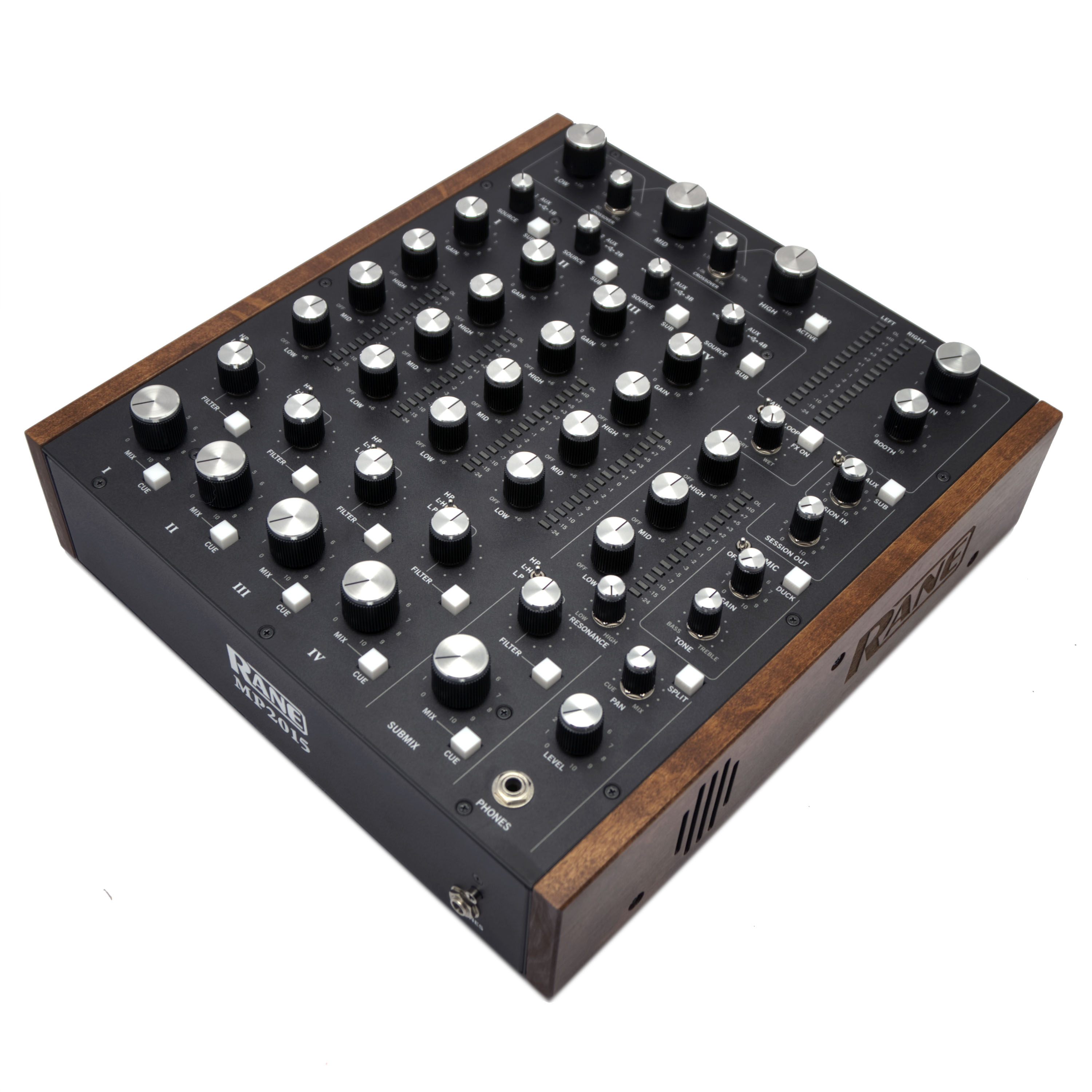
Channel Tone Controls
All input channels and the Submix channel have exceptional three-band tone controls characterized by being 12 dB/octave (2nd-order) Linkwitz-Riley, full-cut filters (kill) with selectable crossover points of 150 Hz/6.0 kHz or 300 Hz/3.0 kHz. The crossover points are selected in the user control panel when connected to a computer via the USB ports.
Like the Filters section above, the Tone Control filters are extremely accurate, high resolution, fast and artifact free, with all filter coefficients accurately calculated for the selected sample rate.
Isolator Section
The proprietary three-band output Isolator is a steep 24 dB/octave (4th-order) phase-compensated Linkwitz-Riley design with continuously adjustable low-mid and mid-high crossover points. Like the Tone Controls, these filters are extremely accurate, high resolution, fast and artifact free, with all filter coefficients accurately calculated for the selected sample rate.
Adjustable crossovers allow the artist to match the Isolator to the music being played. Low-mid crossover is adjustable from 80 Hz to 640 Hz. Mid-high crossover is adjustable from 1 kHz to 8 kHz.
Durability
The all steel chassis is fabricated in Seattle, WA, USA, using the same equipment and people who make Boeing airplanes. Rane uses heavy 0.048” (1.22 mm) thick cold-rolled steel, electroplated with an aluminum-zinc alloy that makes the chassis rugged and rust proof. The front panel is the same material but extra thick at 0.075” (1.905 mm) to accommodate those moments of DJ exuberance. All metal is finished with a baked-on polyester powder coating. This finish complies with EU directive 2011/65/EU and contains no Pb, Cd, CrVI, PBB, or PBDE. Additionally it complies with EU directive 2005/717/EC and contains no Deca-BDE. If that is not enough it also complies with EU directive 2006/122/EC and contains no PFOS. What does all that mean? Actually we have no idea but are told you can safely lick and kiss the metal until your tongue and lips blister.
All the fancy, exotic, expensive parts in the world won’t guarantee performance unless they are assembled onto a proper circuit board. The MP2015 uses FR4[1] material compliant with IPC 4101/24 specification. This is a heavy glass-resin material 0.62” (15.75 mm) thick and in some cases with 8 layers of gold-plated copper traces connecting components.
Front panel legends are not screen screened on the surface of the metal but are printed on the reverse side of a Lexan overlay. This prevents wear that eventually would make the printing unreadable. The rugged Lexan is 0.012” (0.305 mm) thick to survive a lifetime of abuse, and it has a matte surface to prevent glare and enhance readability in low or bright lights.
Studio-Quality Phono Preamps
The Phono-CD (or any line-level source) analog input stages feature gold RCA connectors and are true studio-quality preamplifiers providing EMI[2], RFI[3] and transient overvoltage protection against ESD[4]. The circuitry provides low noise, high gain-bandwidth, low harmonic distortion, fast slew rate and high output current. The phono RIAA filter accuracy measures +0.1/-0.2 dB from perfect. Included are 18 Hz high-pass infrasonic (rumble) filters with steep 18 dB/octave slopes and ultrasonic filters beginning rolloff at 50 kHz at a 12 dB/octave rate. A zero-distortion relay selects between CD and Phono operation.
Pro Audio I/O Stages
All analog source input stages have gold RCA connectors along with buffered circuitry that provides EMI, RFI and transient overvoltage protection.
All unbalanced analog outputs have gold RCA connectors along with line-driving circuitry with EMI, RFI and ESD protection as well as on/off transient noise muting transistors.
The differential balanced main outputs exit via the highest quality Neutrik XLR connectors, while the differential balanced booth outputs leave through high-quality Neutrik ¼” TRS (tip-ring-sleeve) connectors. Both outputs have EMI, RFI and ESD as well as on/off transient noise muting transistors.
All line-level analog input and output stages utilize an amplifier design exhibiting very low input voltage noise with high gain-bandwidth-product and high slew rate. The line-driving output stage exhibits no deadband crossover distortion, large output voltage swing, excellent phase and gain margins, low open-loop high frequency output impedance and symmetrical source and sink AC frequency performance.
[1] FR4 is a grade designation assigned to glass-reinforced epoxy laminate printed circuit boards (PCB). “FR” stands for flame retardant, and denotes that safety of flammability of FR4 is in compliance with the standard UL94V-0.
[2] EMI (electromagnetic interference) A measure of electromagnetic radiation from equipment.
[3] RFI (radio frequency interference) A measure of radio frequency (RF) radiation from equipment.
[4] ESD (electrostatic discharge) Electrical discharges of static electricity that build up on personnel or equipment, generated by interaction of dissimilar materials.
Mic Preamp
The superior microphone preamplifier is a high-performance current-feedback instrumentation design manufactured by the world leader in pro audio analog circuits, THAT Corporation, having lower noise at low gains, wider bandwidth, higher slew rate, lower distortion, and lower supply current than other designs. Transient overvoltage protection is provided along with selectable +48 volt phantom power.
Headphone Amps
The stereo headphone amplifiers use a unique Maxim Integrated DirectDrive® architecture that eliminates the need for large DC-blocking capacitors. The amplifiers deliver up to 70mW per channel into a 16 Ω load or 130 mW into a 32 Ω load and have low 0.009% THD+N. The design includes ESD protection on the headphone outputs along with short-circuit and thermal-overload protection. Comprehensive anti-click-and-pop circuitry suppresses audible clicks and pops on startup and shutdown. Complementing the headphone amplifiers is the versatile cueing system utilizing Rane’s proprietary Split Cue™[1] technology.
Digital Signal Processing (DSP)
All digital computations are done by a Texas Instruments 32-bit floating point digital signal processor running at 44.1 kHz, 48 kHz or 96 kHz.
All S/PDIF transceivers are Texas Instruments pro audio devices with exceptional receiver sample rate converters.
Dual USB Ports
Dual USB ports provide for simultaneous connection of two computers, enabling back-to-back sets between laptop DJs running different software without compromise or interruption—no easy feat.
The USB ports are 100% class compliant, allowing hook-up to any Mac OSx device without the need for an additional driver.
The included high-performance ASIO driver runs most Windows DAW and DJ software.
MIDI end points are class compliant with both OSx and Windows devices.
Each port supports 10 playback and 14 records channels. This lets most DAW programs simultaneously record all four decks, the Submix, the Session input and the Main mix.
Custom Level Pots
Unable to find suitable level control pots with the required feel, life and reliability, custom pots were
[1] Headphone cueing system utilizing a pan control to choose between what is cued and what is playing. In its normal mode the cued program feeds one ear and the master, or program (what is playing) feeds the other ear. This makes beat matching easy and convenient since you listen to both turntables (or CDs, or MP3 files, or any combination) at the same time. Rotating the pan control fully CW, or CCW, puts a monoed signal into one ear with no signal going to the other, and vice-versa. Rotating the pan control to its center position routes equal amounts of cue signal to one ear and program signal to the other ear. Pioneered in 1986 by Rane with the introduction of the MP 24 DJ Mixer.
Quickstart Guide
Welcome to the rotary mixer revival
